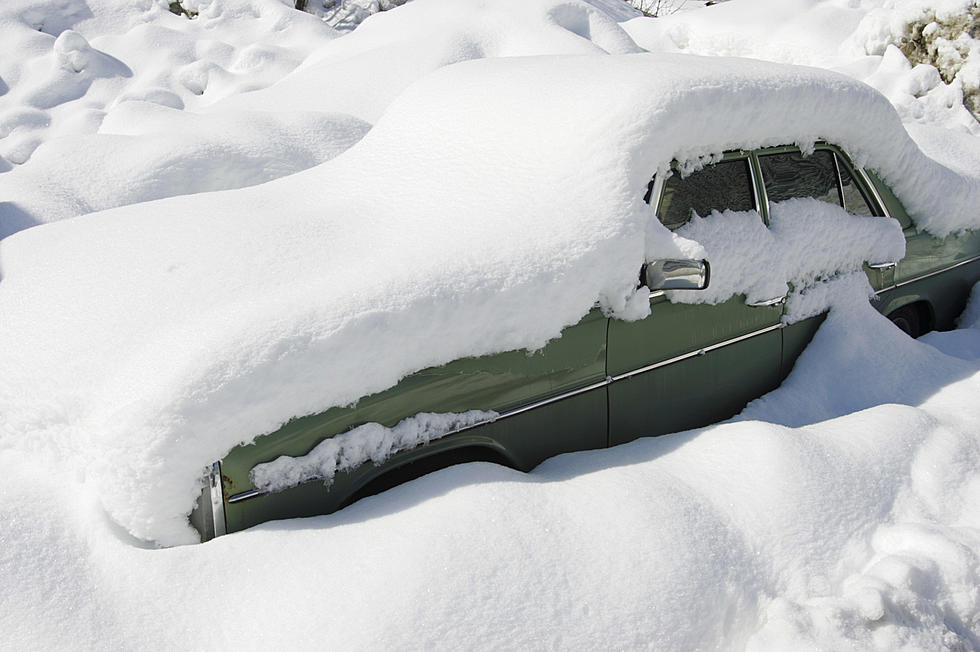
Farmers’ Almanac Claims “The Brrr is Back” in Iowa and the Midwest This Winter
It's admittedly hard to think, let alone worry, about snow and slush covered roads, icy conditions, and other winter hazards when present temperatures are exceeding 90°F. However, it's the time of year where the Farmers' Almanac releases their annual extended winter forecast for every region in the United States.
With that, the outlook for the Midwest is... not great, especially if you're not a fan of extreme snow and cold.
From November 2022 - March 2023, Dubuque saw over 50 inches of snow. The tail-end of 2022 was relatively mild, with predictably cool temperatures and very little snowfall. However, if you recall, once we entered 2023, it seemed we always got some form of precipitation on Thursdays, be it snow, rain, or ice.
The Farmers' Almanac's 2023-24 Extended Winter Forecast is called "The Brrr is Back" for a reason. They're predicting frigid temperatures and a generous amount of snow, sleet, and ice. Just what we're all looking forward to, right?
Here's what the Almanac says we can expect in the Midwest:
There are indications that an El Niño, will be brewing in the latter half of 2023, lasting into the winter of 2024. If we consider that alongside our tried-and-true forecast formula, it means that cold temperatures should prevail throughout the country and bring snow, sleet, and ice.
Winter in the Great Plains and Rockies will usher in plenty of cold temperatures and occasional bouts of storminess, bringing widespread rains and snows.
In addition, here are some other bullet-points from the Almanac.
These ones detail specific times/weeks when storms could occur:
- The second week of January will be stormy, snowy, and wet for both the Pacific Coast and the Eastern States.
- Lots of cold temperatures and some storms will keep folks in the South Central States busy during the middle of January.
- Heavy mountain snows will cover the western US including the mountains on the Pacific Coast during the first week of February.
- An East Coast storm affecting the Northeast and New England states will bring snowfall, cold rain and then frigid temperatures, during the second week of February.
- Unseasonably cold temperatures will blow into the Southeast States mid-February.
- Potential blizzards for this first week of March will remind folks in the North Central States that winter isn’t over yet.
- Another East Coast storm will bring a wintry mess to this area during the first week of March.
- A possible late-season snowfall over the high terrain of New England during the third week of April won’t be a fun “April Fools’ Day” prank!
While your air conditioner is working overtime, it might not be a bad idea to look into a furnace checkup just to be safe and prepared. To see the 2023-24 Extended Winter Forecast, visit the Farmers' Almanac's website.
LOOK: The most expensive weather and climate disasters in recent decades
More From Y105







